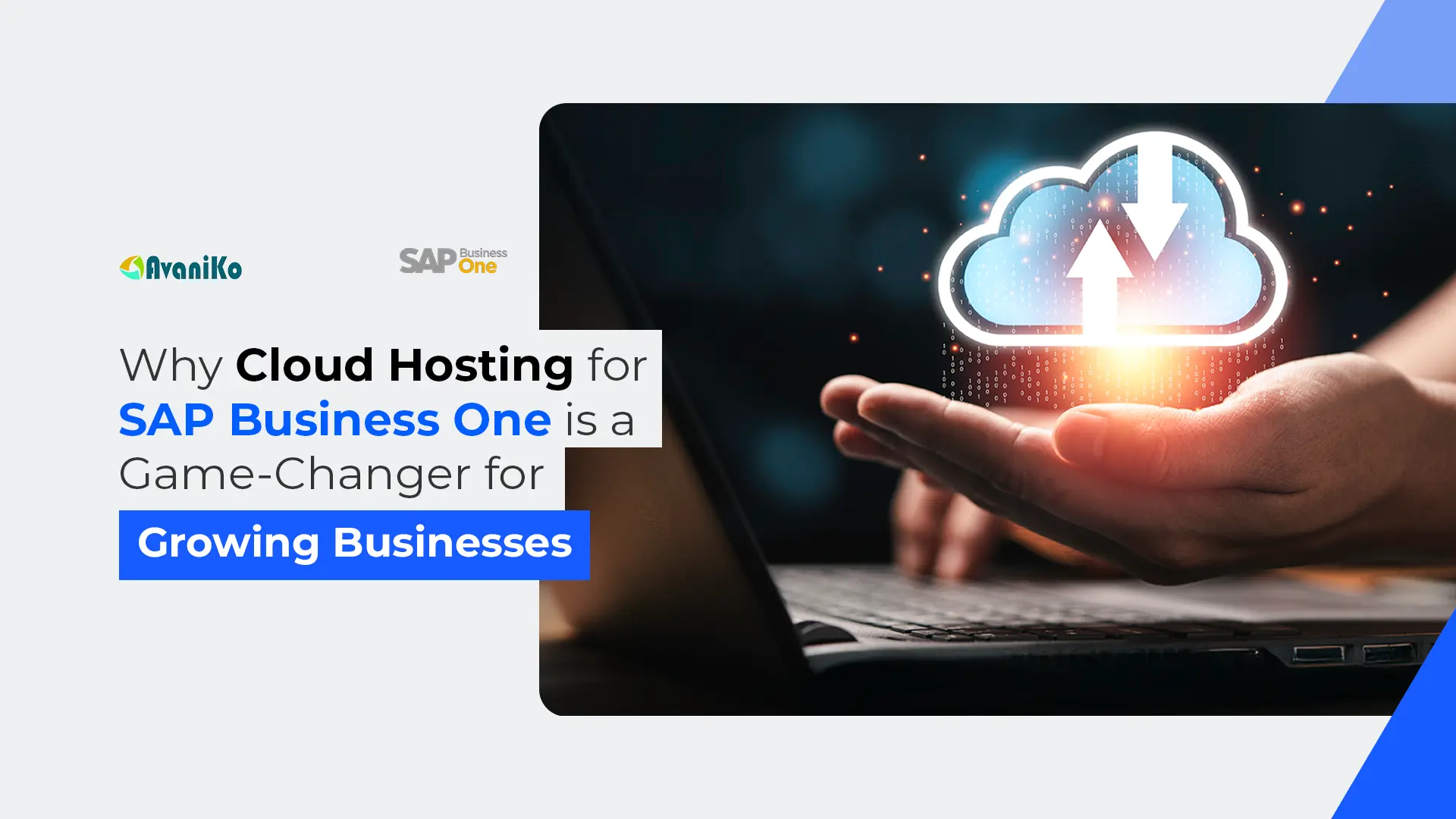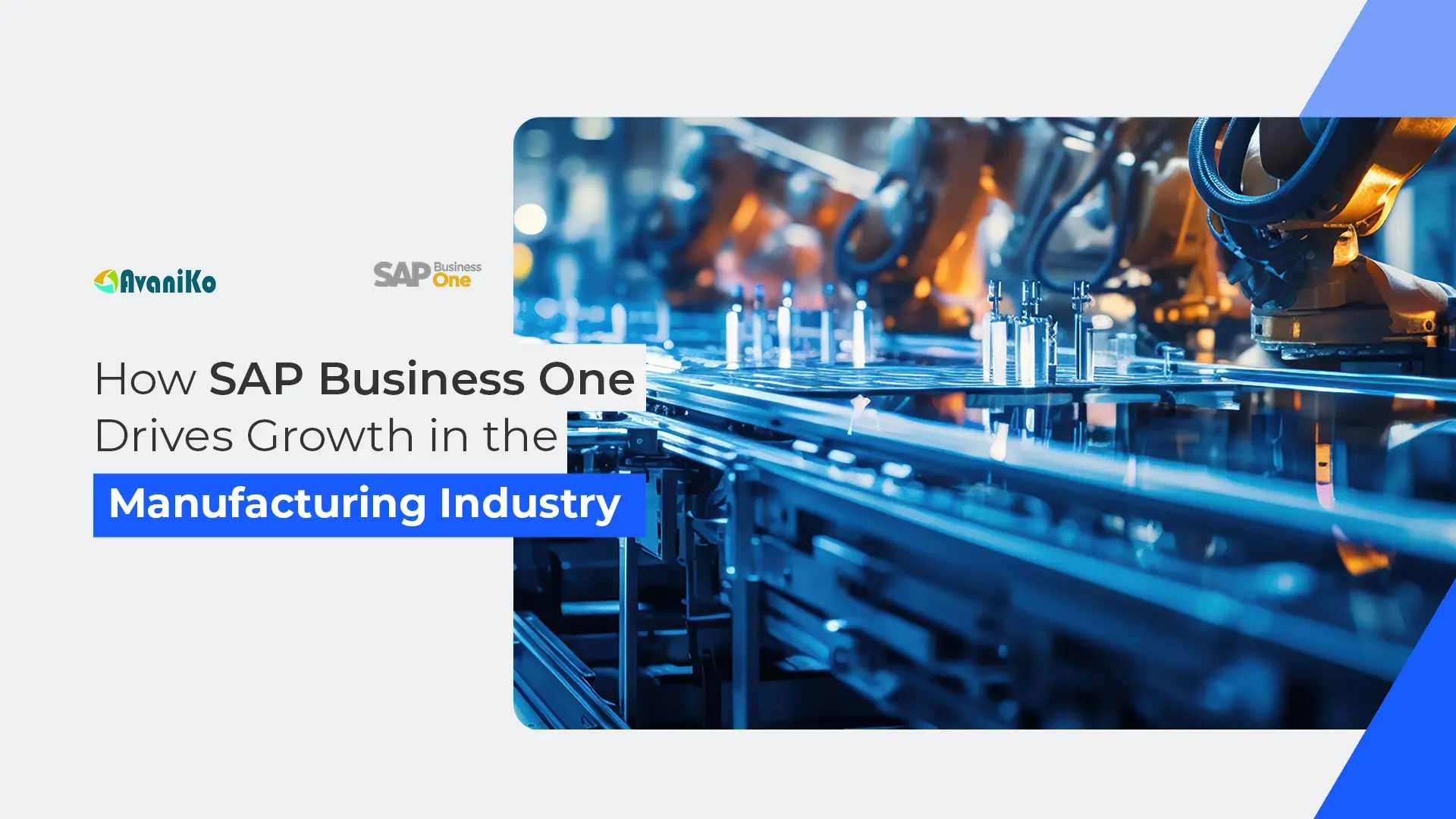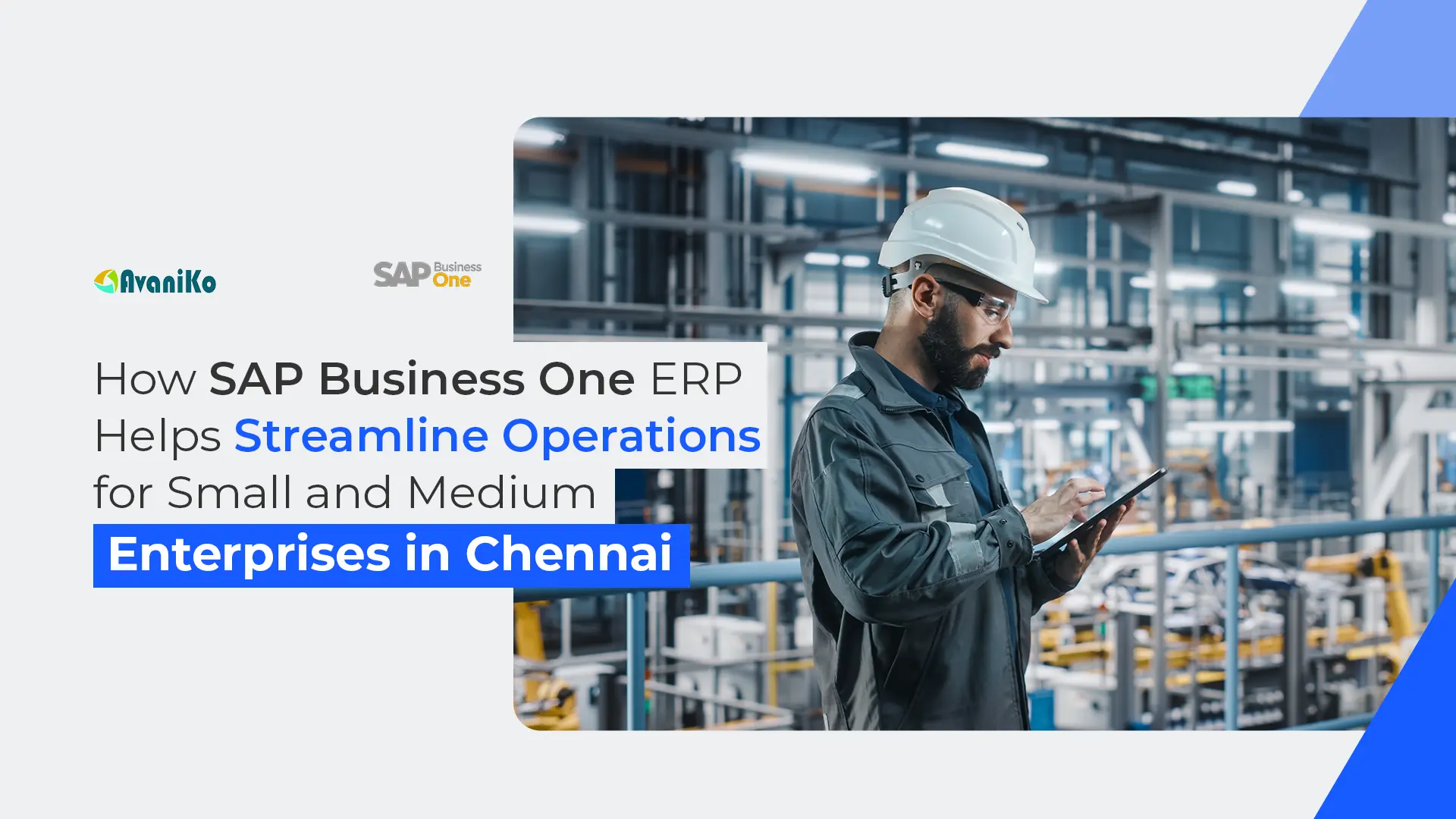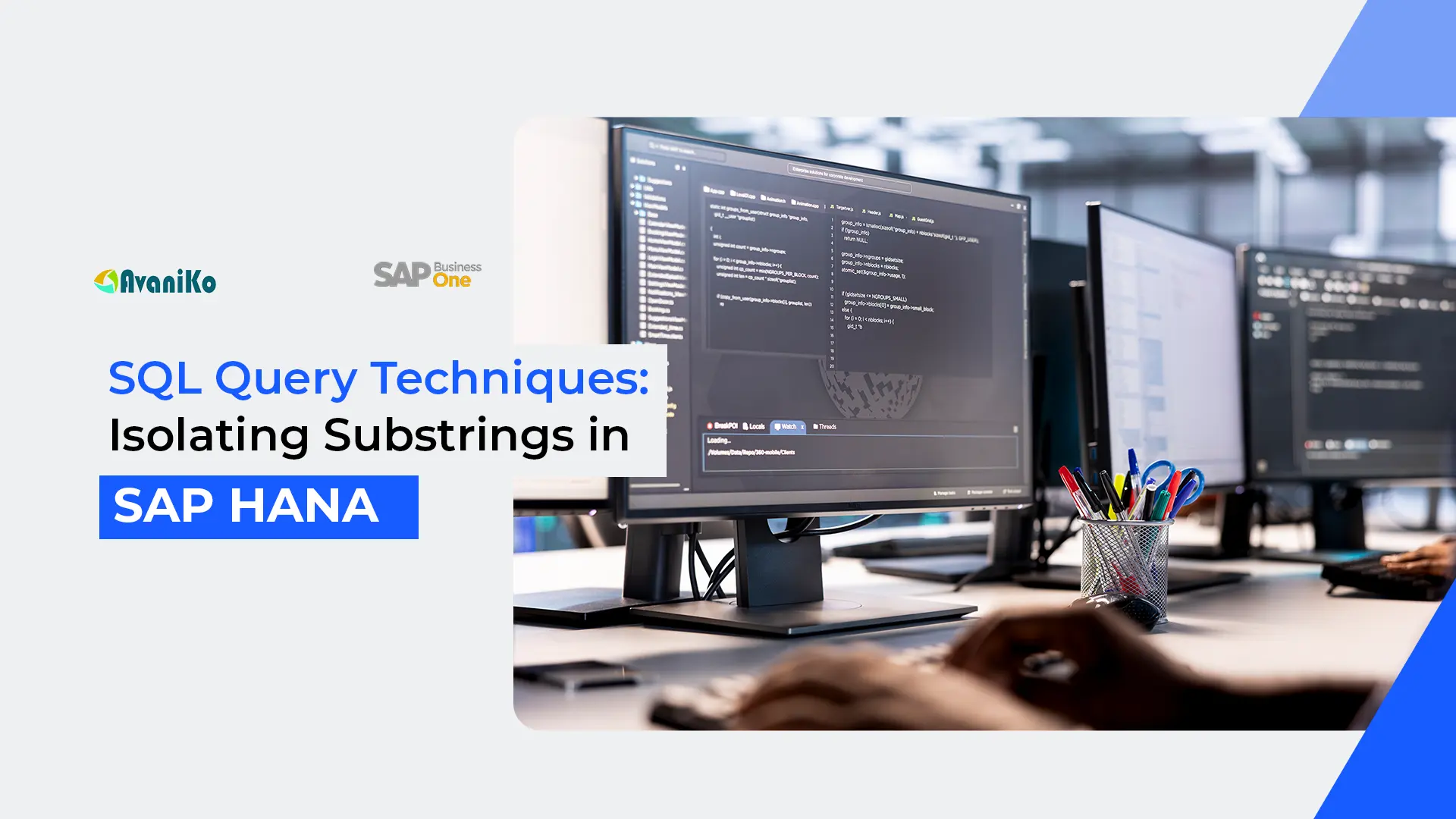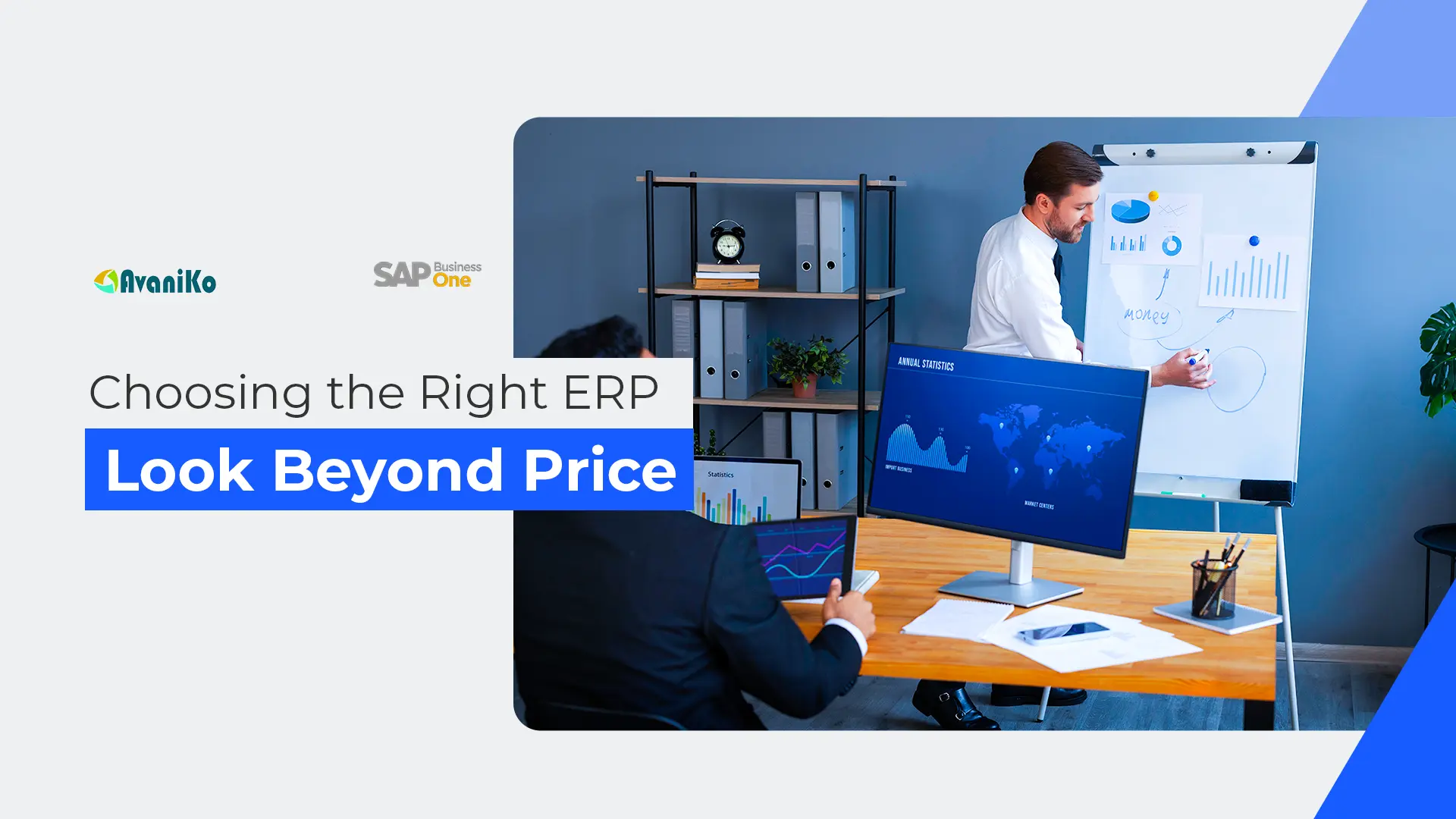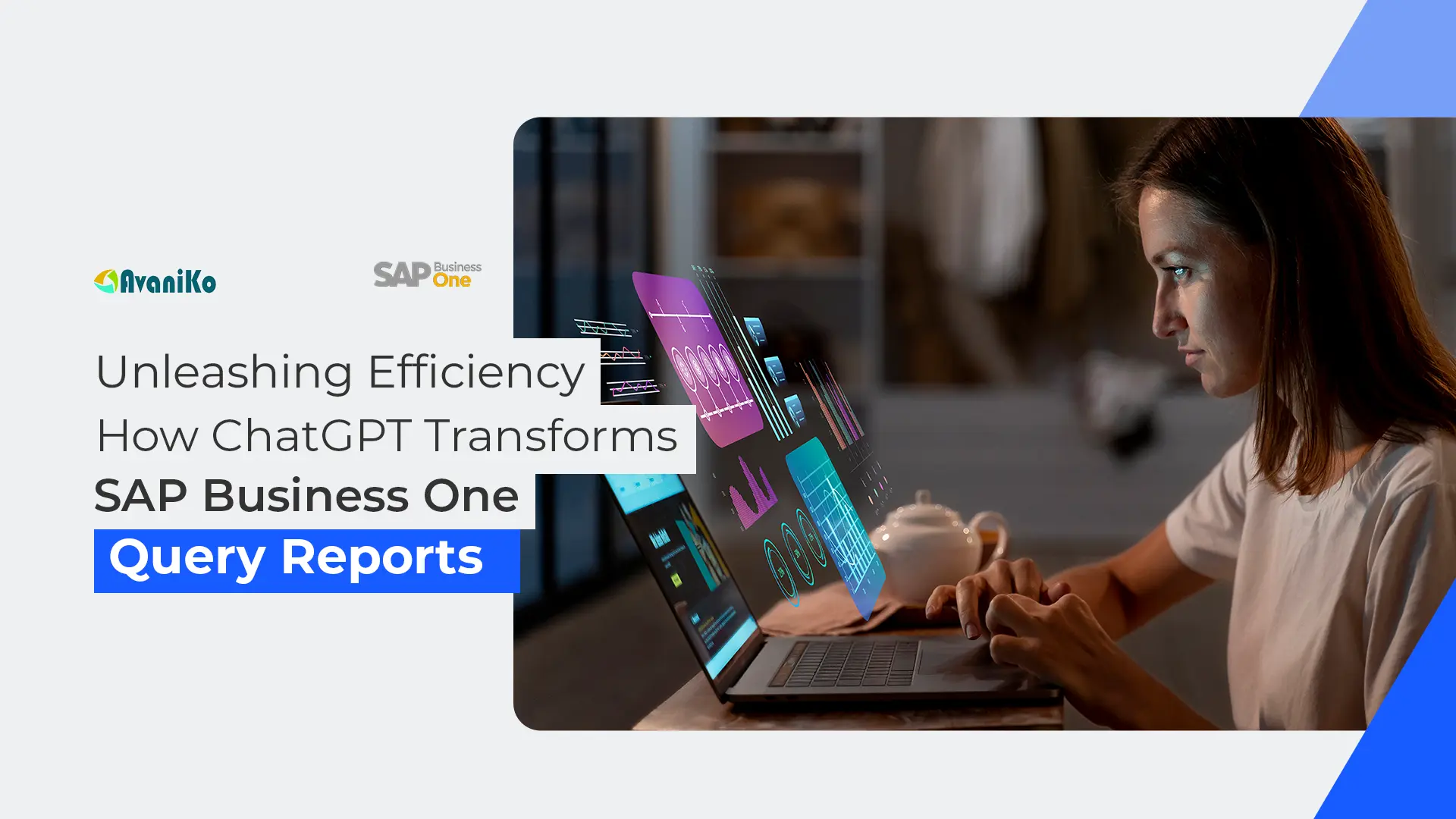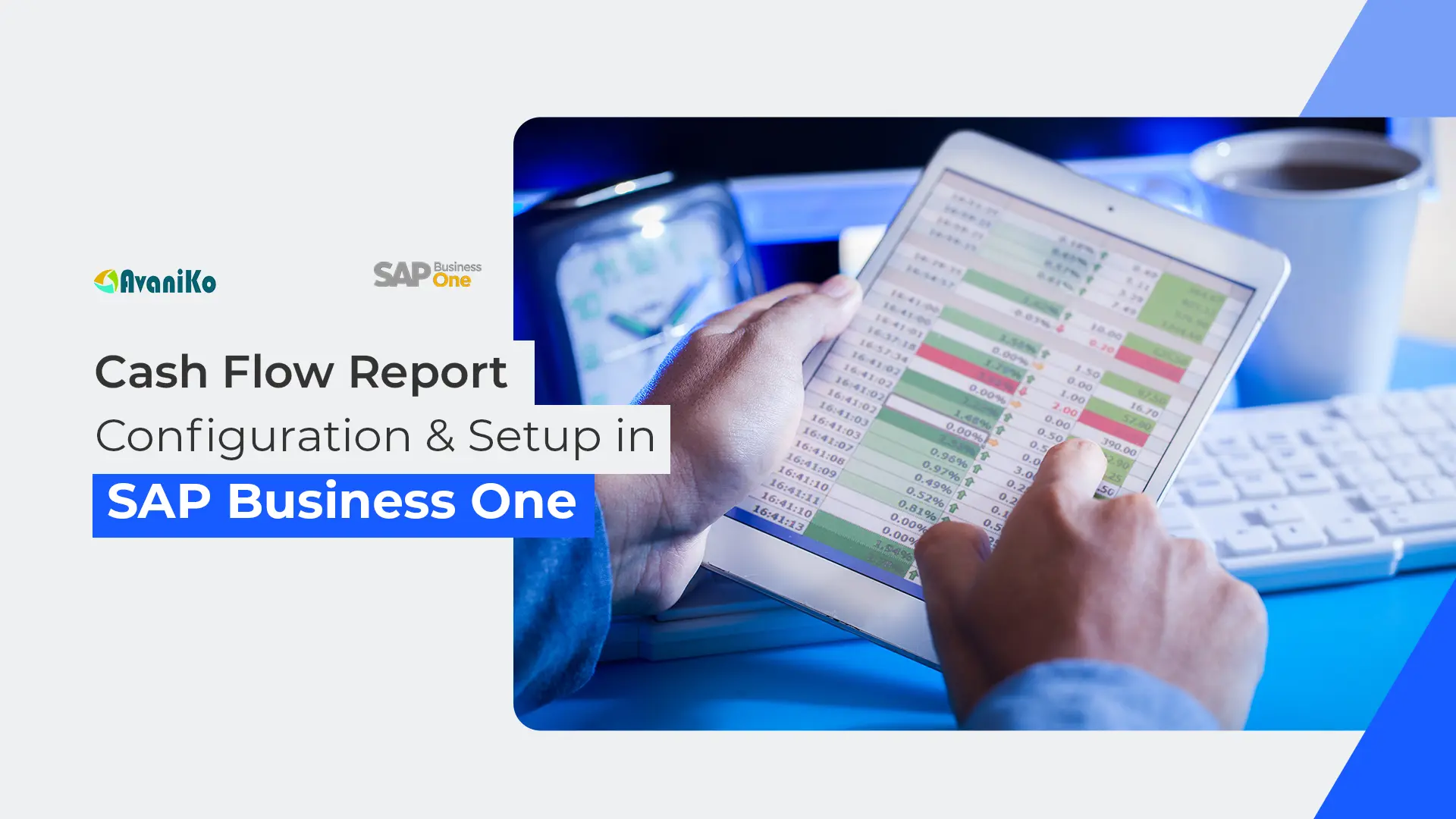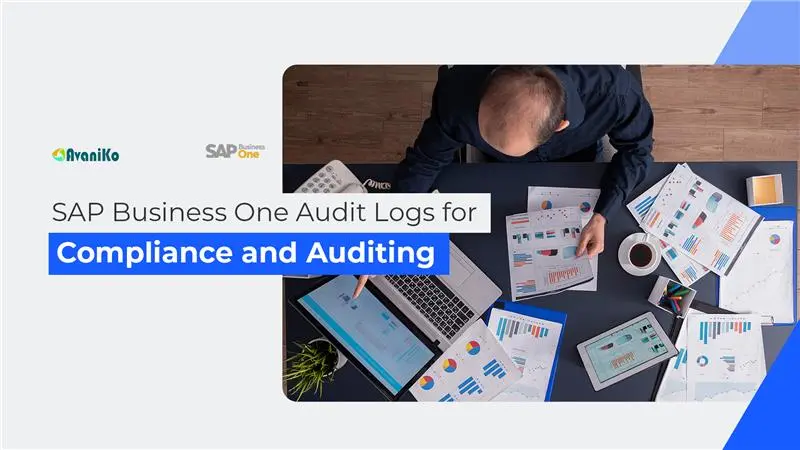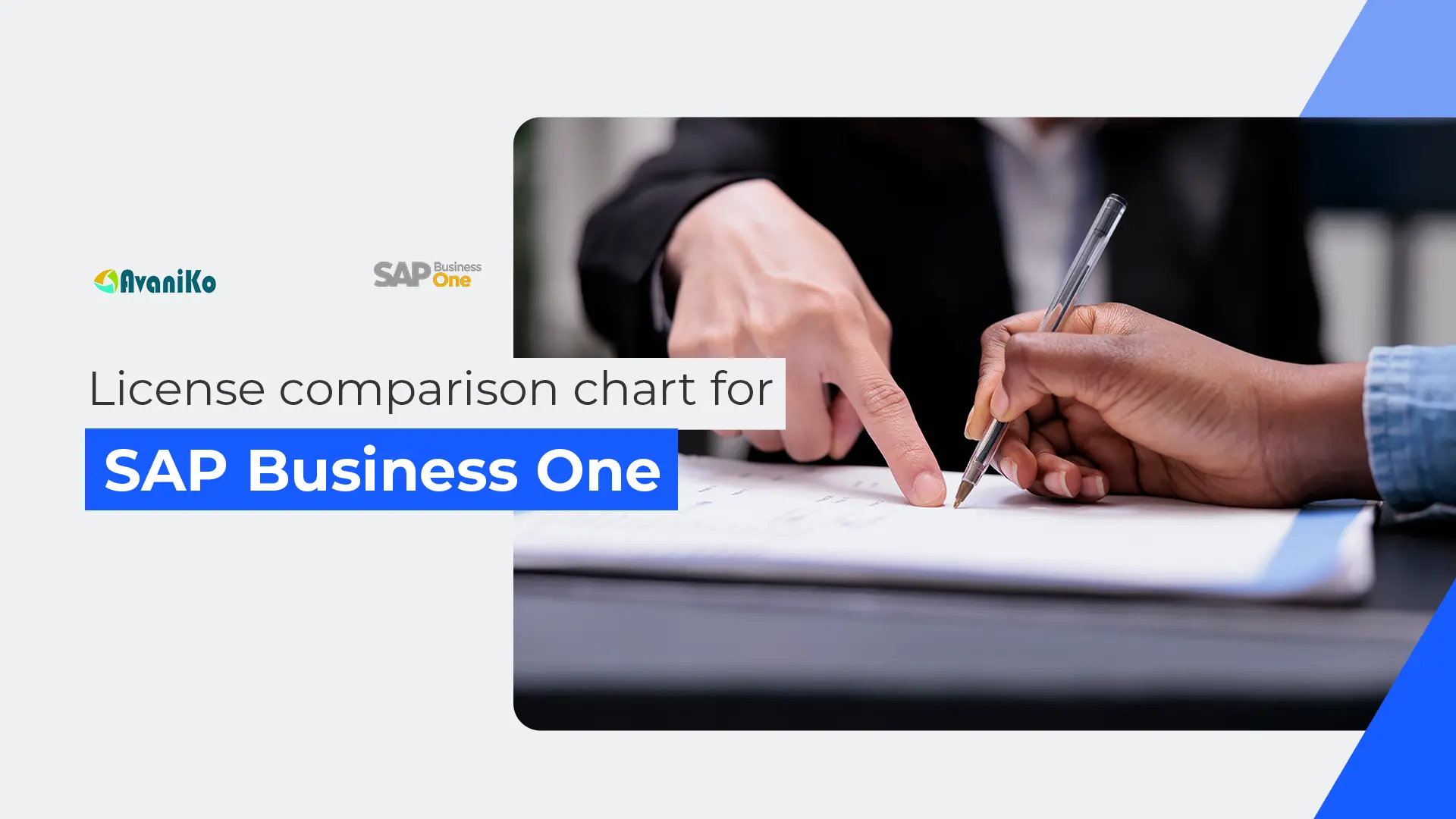Introduction to SAP Business One
SAP Business One is a comprehensive enterprise resource planning (ERP) solution designed specifically for small and medium-sized enterprises (SMEs). Developed by SAP, a global leader in enterprise software, SAP Business One offers a powerful and integrated suite of applications that streamline business processes, enhance decision-making, and drive growth.
At its core, SAP Business One provides a centralized platform for managing various aspects of a business, including finance, sales, customer relationships, inventory, operations, and human resources. By consolidating data from different departments into a single system, businesses can gain a holistic view of their operations, enabling better collaboration, transparency, and efficiency.
One of the key advantages of SAP Business One is its scalability. As businesses grow and their needs evolve, the software can be easily customized and expanded with additional modules and functionalities. This flexibility ensures that companies can adapt to changing market conditions and remain competitive in the long run.
SAP Business One offers a wide range of features tailored to the unique requirements of SMEs. These include:
- Financial Management: Streamline accounting processes, manage budgets, and generate accurate financial reports for informed decision-making.
- Sales and Customer Relationship Management (CRM): Enhance customer interactions, track leads and opportunities, and optimize sales processes for improved customer satisfaction and loyalty.
- Inventory and Distribution Management: Gain real-time visibility into inventory levels, optimize stock levels, and manage complex supply chain operations efficiently.
- Purchasing and Operations: Automate procurement processes, manage vendor relationships, and optimize production planning and execution for improved operational efficiency.
- Business Intelligence and Analytics: Generate insightful reports and dashboards with real-time data, enabling data-driven decision-making and strategic planning.
With its user-friendly interface, robust security features, and seamless integration with other SAP solutions, SAP Business One empowers businesses in Chennai to achieve operational excellence, enhance profitability, and stay ahead of the competition in an increasingly digital landscape.
The Importance of ERP Systems for Businesses in Chennai
Businesses in Chennai, the bustling capital of Tamil Nadu, face unique challenges in today’s rapidly evolving business landscape. From managing complex supply chains and coordinating operations across multiple locations to ensuring regulatory compliance and maintaining a competitive edge, enterprises in this vibrant city grapple with a myriad of obstacles.
One of the primary hurdles faced by Chennai-based businesses is the lack of integrated systems and processes. As companies grow, they often rely on disparate software solutions and manual processes, leading to data silos, inefficiencies, and a lack of real-time visibility in operations. This not only hampers decision-making but also hinders productivity, customer satisfaction, and overall profitability.
Moreover, the city’s diverse business ecosystem, encompassing industries such as manufacturing, automotive, IT, and healthcare, necessitates tailored solutions that can cater to industry-specific requirements. Off-the-shelf software may not always provide the flexibility and customization needed to address the unique challenges faced by businesses in these sectors.
Enter Enterprise Resource Planning (ERP) systems, which have emerged as a game-changer for businesses seeking to streamline operations, enhance efficiency, and drive growth. An ERP solution acts as a centralized hub, integrating all aspects of a business, from finance and accounting to inventory management, supply chain, and customer relationship management (CRM). By consolidating data from various departments and processes, ERP systems provide a comprehensive, real-time view of an organization’s operations, enabling informed decision-making and strategic planning.
Streamlining Operations with SAP Business One
One of the primary advantages of implementing SAP Business One is its ability to streamline various business processes, leading to increased efficiency and productivity. This ERP solution provides a centralized platform for managing key operational areas, including inventory management, supply chain, finance, and more.
Inventory Management
SAP Business One offers robust inventory management capabilities, enabling businesses to maintain accurate stock levels, track inventory movements, and optimize reordering processes. Real-time visibility into inventory levels helps prevent stockouts and overstocking, ensuring a smooth flow of goods and minimizing disruptions.
Supply Chain Management
By integrating with suppliers and partners, SAP Business One facilitates seamless supply chain management. It automates processes such as purchase order creation, vendor management, and logistics tracking, ensuring timely delivery of goods and minimizing delays. This streamlined supply chain management leads to improved customer satisfaction and reduced operational costs.
Management
SAP Business One provides comprehensive financial management tools, including accounts receivable, accounts payable, general ledger, and financial reporting. Automated processes and real-time financial data enable businesses to make informed decisions, improve cash flow management, and maintain accurate financial records.
Process Automation
SAP Business One offers powerful process automation capabilities, enabling businesses to streamline repetitive tasks and eliminate manual intervention. This not only reduces the risk of errors but also frees up valuable time for employees to focus on more strategic initiatives.
By integrating these various operational areas into a single, unified system, SAP Business One eliminates data silos and ensures seamless information flow across departments. This integration fosters collaboration, enhances visibility, and enables businesses to respond quickly to changing market conditions, ultimately driving operational excellence and competitive advantage.
Improved Decision-Making with Real-Time Data
One of the key advantages of implementing SAP Business One is the ability to access real-time data and insights, enabling informed and timely decision-making within your organization. In today’s fast-paced business environment, having access to accurate and up-to-date information is crucial for making strategic choices that drive growth and profitability.
SAP Business One consolidates data from various business functions, such as finance, sales, inventory, and operations, into a centralized system. This integration ensures that decision-makers have a comprehensive view of the company’s performance, enabling them to identify trends, analyze key metrics, and make data-driven decisions.
With real-time data at their fingertips, business leaders can quickly respond to changing market conditions, customer demands, and operational challenges. They can monitor sales figures, track inventory levels, analyze financial performance, and identify potential bottlenecks or inefficiencies, allowing for proactive measures to be taken.
Moreover, SAP Business One provides powerful reporting and analytics tools that transform raw data into meaningful insights. Customizable dashboards and reports present information in a visually appealing and easily digestible format, enabling stakeholders to quickly grasp the most relevant information and make informed decisions.
By leveraging real-time data and insights from SAP Business One, businesses in Chennai can streamline their operations, optimize resource allocation, and identify new opportunities for growth and innovation. This data-driven approach empowers organizations to stay ahead of the competition and adapt to the ever-changing business landscape.
Enhancing Growth and Scalability
SAP Business One is designed to support the growth and scalability of businesses in Chennai. As companies expand their operations, they require robust systems that can handle increased workloads, manage complex processes, and integrate with new technologies seamlessly. SAP Business One provides a flexible and scalable platform that can adapt to changing business needs, enabling companies to seize new opportunities and stay ahead of the competition.
One of the key advantages of SAP Business One is its ability to handle large volumes of data and transactions efficiently. With its powerful data processing capabilities, businesses can manage their operations more effectively, even as they grow in size and complexity. The system can accommodate additional users, departments, and locations without compromising performance, ensuring that companies can scale their operations without encountering bottlenecks or system limitations.
Moreover, SAP Business One offers a wide range of industry-specific solutions and add-ons, allowing businesses to tailor the system to their unique requirements. As companies diversify their product offerings or venture into new markets, they can easily integrate the necessary functionalities into their existing SAP Business One setup. This flexibility ensures that the system remains relevant and supportive of the company’s evolving needs, fostering sustainable growth and adaptability.
Additionally, SAP Business One seamlessly integrates with other SAP solutions and third-party applications, enabling businesses to create a comprehensive digital ecosystem. This integration capability allows companies to leverage advanced technologies, such as analytics, machine learning, and the Internet of Things (IoT), to gain valuable insights and optimize their operations. By embracing these cutting-edge technologies, businesses in Chennai can stay competitive and position themselves for long-term success in an ever-changing market landscape.
Overall, SAP Business One empowers businesses in Chennai to pursue growth opportunities with confidence, knowing that their ERP system can scale and adapt to meet their evolving requirements. With its robust capabilities, industry-specific solutions, and seamless integration, SAP Business One provides a solid foundation for sustainable growth and scalability, enabling companies to thrive in the dynamic business landscape of Chennai.
Industry-Specific Solutions
SAP Business One offers industry-specific solutions tailored to meet the unique needs of various sectors. From manufacturing and distribution to professional services and retail, this ERP system provides specialized functionalities and best practices to help businesses in Chennai streamline their operations and gain a competitive edge.
For the manufacturing sector, SAP Business One offers robust production planning, material requirements planning, and quality management features. This allows companies to optimize their production processes, reduce waste, and ensure consistent product quality. Additionally, the system provides advanced inventory management and supply chain capabilities, enabling manufacturers to maintain optimal stock levels and improve operational efficiency.
In the distribution and logistics industry, SAP Business One provides powerful tools for warehouse management, transportation management, and route optimization. Companies can efficiently manage their inventory, track shipments, and optimize delivery routes, resulting in improved customer service and reduced operational costs.
Professional services firms, such as consulting, legal, and accounting firms, can benefit from SAP Business One’s project management, resource allocation, and billing functionalities. This enables them to better manage their projects, allocate resources effectively, and streamline their billing processes, ultimately improving profitability and client satisfaction.
For retailers, SAP Business One offers robust point-of-sale (POS) integration, inventory management, and customer relationship management (CRM) capabilities. This allows businesses to manage their stock levels effectively, provide exceptional customer service, and gain valuable insights into customer behavior and preferences, enabling them to make data-driven decisions and stay ahead of the competition.
These industry-specific solutions are further enhanced by SAP Business One’s ability to integrate with third-party applications and customization options, ensuring that businesses in Chennai can tailor the system to their specific requirements and workflows.
Choosing the Right SAP Business One Partner in Chennai
Selecting the right SAP Business One partner in Chennai is crucial for the successful implementation and ongoing support of your ERP system. A reliable and experienced partner can make all the difference in ensuring a smooth transition, maximizing the benefits of SAP Business One, and driving long-term growth for your business.
When evaluating potential partners, it’s essential to consider factors such as their expertise, industry experience, and track record of successful implementations. Look for a partner with a deep understanding of SAP Business One and its capabilities, as well as a proven ability to tailor the solution to meet the unique needs of your industry and business processes.
Working with a local partner in Chennai offers several advantages. They have an in-depth understanding of the local market dynamics, regulatory requirements, and business practices, enabling them to provide customized solutions that align with your specific needs. Additionally, a local partner can offer more personalized support and faster response times, ensuring that any issues or challenges are addressed promptly.
Furthermore, a reputable SAP Business One partner in Chennai will have a team of certified consultants and developers who can guide you through the entire implementation process, from initial planning and data migration to user training and ongoing support. They can also provide valuable insights and best practices based on their experience working with other businesses in the region.
By choosing the right SAP Business One partner, you can minimize the risks associated with ERP implementation, ensure a smooth transition, and unlock the full potential of this powerful solution. With the right partner by your side, you can streamline operations, improve decision-making, and position your business for sustained growth and success in the competitive Chennai market.
Implementation and Support
Implementing SAP Business One is a critical process that requires careful planning and execution. Working with an experienced SAP Business One partner in Chennai is crucial for successful implementation. These partners have a deep understanding of the software and can tailor the solution to meet your specific business requirements.
The implementation process typically begins with a thorough assessment of your existing processes, data, and infrastructure. This allows the partner to develop a customized implementation plan that aligns with your business goals and minimizes disruptions to your operations.
Best practices for implementing SAP Business One include:
- Data Migration: Ensuring accurate and complete data migration from your legacy systems to SAP Business One is essential. Your partner will guide you through this process, ensuring data integrity and minimizing errors.
- User Training: Comprehensive user training is vital for ensuring smooth adoption and maximizing the benefits of SAP Business One. Your partner will provide hands-on training sessions tailored to different user roles and responsibilities.
- Process Optimization: SAP Business One offers opportunities to streamline and optimize your business processes. Your partner will work closely with you to identify areas for improvement and implement best practices.
- Customization and Integration: While SAP Business One is a comprehensive solution, your partner can customize and integrate it with other systems or applications to meet your unique requirements.
After the initial implementation, your SAP Business One partner in Chennai will provide ongoing support and maintenance services. This includes software updates, bug fixes, and technical assistance to ensure your system runs smoothly and efficiently.
Additionally, your partner can offer advanced training programs and consultancy services to help you maximize the value of SAP Business One as your business grows and evolves. Regular training sessions can help your team stay up to date with new features and functionalities, ensuring you leverage the full potential of the software.
The Future of ERP and Digital Transformation
As businesses in Chennai embrace digital transformation, the role of ERP systems like SAP Business One is evolving rapidly. The future of ERP lies in its ability to seamlessly integrate with emerging technologies, enabling businesses to stay ahead of the curve and gain a competitive edge.
One of the key trends shaping the future of ERP is the integration of artificial intelligence (AI) and machine learning (ML). These technologies can analyze vast amounts of data, identify patterns, and provide valuable insights, enabling businesses to make more informed decisions and optimize their operations. SAP Business One is already leveraging AI and ML capabilities to enhance features such as demand forecasting, inventory management, and predictive maintenance.
Another emerging trend is the Internet of Things (IoT), which connects physical devices and machinery to the internet, allowing for real-time data collection and analysis. By integrating with IoT systems, SAP Business One can provide businesses with a comprehensive view of their operations, enabling them to monitor and optimize processes, reduce downtime, and improve overall efficiency.
Cloud computing is also playing a significant role in shaping the future of ERP systems. Cloud-based ERP solutions like SAP Business One offer scalability, accessibility, and cost-effectiveness, making it easier for businesses to adopt and leverage these powerful tools. Additionally, cloud-based ERP systems enable real-time data sharing and collaboration, facilitating better decision-making and communication across different departments and locations.
As businesses in Chennai navigate the digital landscape, SAP Business One is well-positioned to support their transformation journey. With its robust features, industry-specific solutions, and ability to integrate with emerging technologies, SAP Business One can help businesses streamline operations, enhance decision-making, and drive growth, ensuring they remain competitive in the ever-evolving digital era.
Conclusion
In today’s fast-paced and competitive business landscape, companies in Chennai cannot afford to rely on outdated systems or inefficient processes.
Avaniko helps businesses in Chennai leverage SAP Business One, offering a comprehensive and scalable ERP solution that can transform your operations, streamline workflows, and provide real-time insights for informed decision-making. As businesses in Chennai continue to embrace digital transformation, SAP Business One, with the expertise of Avaniko, positions itself as a future-proof solution, able to adjust to changing technical developments and customer needs. By investing in this powerful ERP system and collaborating with Avaniko, companies can unlock new levels of efficiency, growth, and competitiveness in the dynamic business landscape of Chennai.
